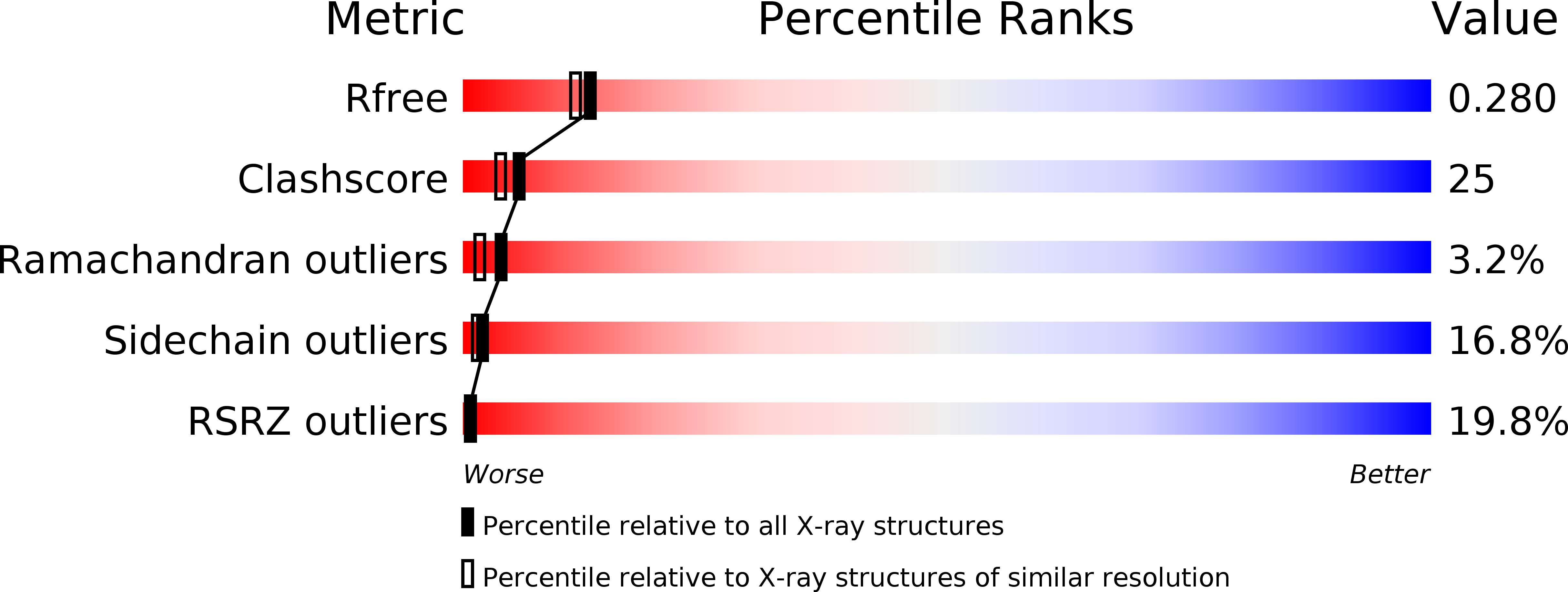
Deposition Date
2001-07-11
Release Date
2002-03-13
Last Version Date
2024-10-16
Entry Detail
PDB ID:
1IQA
Keywords:
Title:
CRYSTAL STRUCTURE OF THE EXTRACELLULAR DOMAIN OF MOUSE RANK LIGAND
Biological Source:
Source Organism:
Mus musculus (Taxon ID: 10090)
Host Organism:
Method Details:
Experimental Method:
Resolution:
2.20 Å
R-Value Free:
0.27
R-Value Work:
0.22
Space Group:
P 21 21 21


